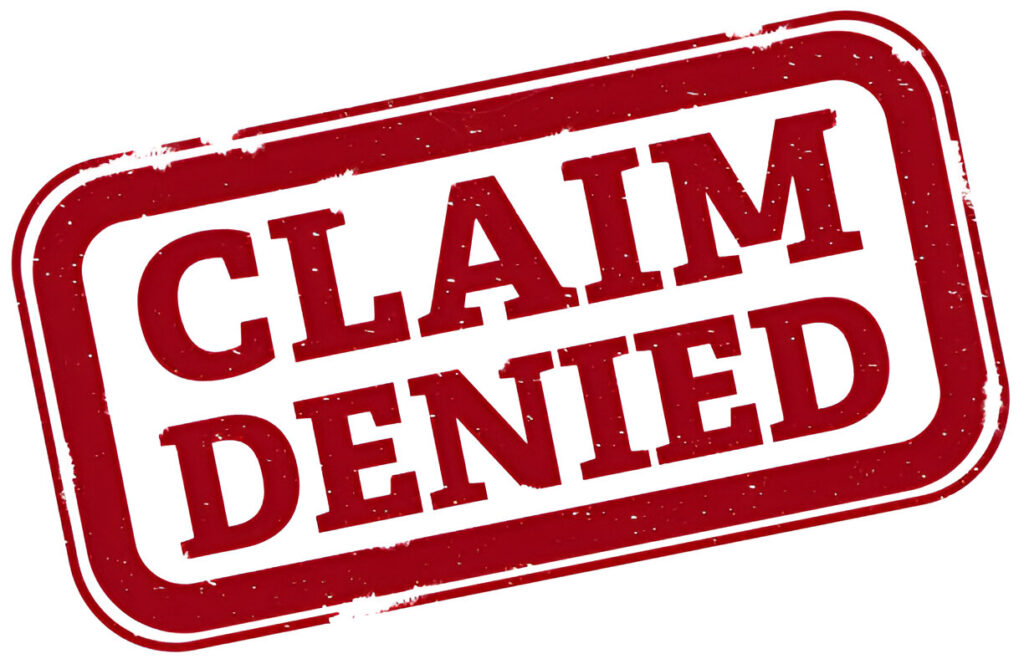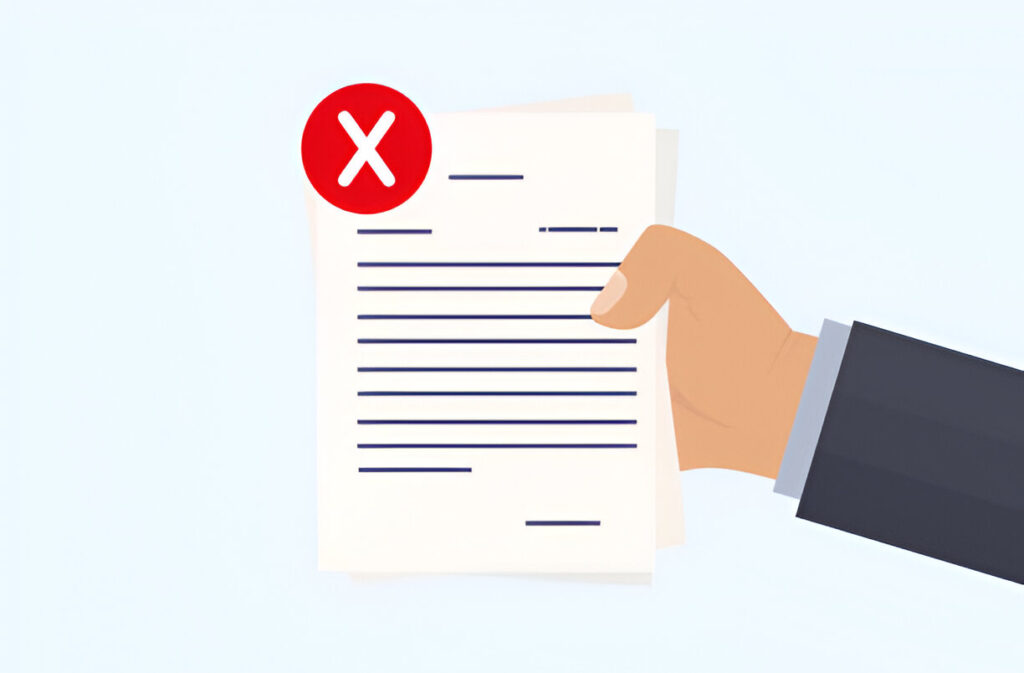Navigating the world of expat insurance can be complex, and facing a claim denial can be both frustrating and stressful. Whether it’s due to administrative errors, coverage misunderstandings, or other issues, knowing how to effectively handle a denied insurance claim is crucial for ensuring you receive the benefits you’re entitled to. This comprehensive guide will walk you through the steps to take if your expat insurance claim is denied, helping you resolve the issue and get the support you need.

1. Understanding Why Your Claim Was Denied
1.1. Review the Denial Letter
When your claim is denied, the insurance company should provide a denial letter outlining the reasons for the decision. This letter typically includes:
- Reason for Denial: Specific reasons why the claim was not approved, such as policy exclusions, insufficient documentation, or errors in the claim submission.
- Policy References: References to specific policy terms or clauses that contributed to the denial.
- Next Steps: Instructions on how to appeal the decision or seek further review.
1.2. Common Reasons for Claim Denial
Understanding common reasons for claim denials can help you identify potential issues with your claim:
- Coverage Exclusions: The claim may involve services or conditions excluded from your policy.
- Pre-Existing Conditions: Some policies do not cover pre-existing conditions or have waiting periods.
- Incomplete Documentation: Missing or incorrect documents can lead to a claim being denied.
- Policy Lapses: Claims may be denied if the policy was not active at the time of the event.
2. Review Your Insurance Policy
2.1. Understand Your Policy Coverage
Carefully review your insurance policy to understand what is covered and what is not:
- Coverage Details: Check the details of your coverage, including types of medical services, treatment limits, and exclusions.
- Policy Terms: Familiarize yourself with terms related to claim submission, approval processes, and appeal procedures.
2.2. Verify Policy Terms
Ensure that your claim aligns with the policy terms:
- Coverage Alignment: Confirm that the services or treatments claimed are covered under your policy.
- Exclusions: Review any policy exclusions that might apply to your claim.
3. Gather and Review Documentation
3.1. Collect Relevant Documents
Collect all documents related to your claim and denial:
- Claim Forms: Obtain copies of the original claim forms submitted.
- Supporting Documents: Gather all supporting documents, such as medical records, invoices, and receipts.
- Denial Letter: Keep a copy of the denial letter and any correspondence from the insurance company.
3.2. Review Documentation for Errors
Check your documents for potential errors or omissions:
- Accuracy: Ensure all information on claim forms and supporting documents is accurate and complete.
- Consistency: Verify that the documents align with the details provided in your claim.
4. Contact Your Insurance Company
4.1. Request an Explanation
Contact the insurance company for a detailed explanation of the denial:
- Customer Service: Reach out to the customer service department or claims adjuster handling your case.
- Clarification: Ask for clarification on the reasons for the denial and any additional information needed.
4.2. Document Communication
Keep detailed records of all communications with the insurance company:
- Contact Details: Note the names, titles, and contact information of individuals you speak with.
- Communication Records: Save copies of emails, letters, and notes from phone conversations.

5. File an Appeal
5.1. Understand the Appeal Process
Review the insurance company’s appeal process and requirements:
- Appeal Procedure: Follow the outlined procedure for filing an appeal, including any deadlines.
- Required Documents: Prepare and submit any additional documentation required for the appeal.
5.2. Write a Formal Appeal Letter
Craft a formal appeal letter to submit with your appeal:
- Introduction: State the purpose of the letter and reference your claim number.
- Reasons for Appeal: Clearly outline why you believe the claim should be approved, citing policy terms and relevant documentation.
- Supporting Evidence: Attach any additional supporting evidence or documentation that reinforces your case.
- Contact Information: Include your contact information and request confirmation of receipt.
5.3. Follow Up on Your Appeal
Monitor the progress of your appeal:
- Confirmation: Ensure that your appeal is received and acknowledged by the insurance company.
- Response Time: Follow up periodically to check on the status of your appeal and any additional steps required.
6. Seek External Help if Needed
6.1. Contact an Insurance Ombudsman or Regulator
If your appeal is denied or unresolved, consider contacting an insurance ombudsman or regulatory body:
- Ombudsman Services: Insurance ombudsmen can provide impartial reviews of insurance disputes and offer mediation services.
- Regulatory Authorities: Contact regulatory authorities for assistance with disputes or issues related to insurance practices.
6.2. Consult with an Insurance Lawyer
In complex cases or if you face significant difficulties, consulting with an insurance lawyer may be beneficial:
- Legal Advice: Seek legal advice to understand your rights and options for pursuing further action.
- Representation: An insurance lawyer can represent you in negotiations or legal proceedings if necessary.
7. Learn from the Experience
7.1. Review and Adjust Your Insurance Coverage
After resolving the claim denial, review your insurance coverage:
- Coverage Review: Assess your policy to ensure it meets your needs and provides adequate protection.
- Policy Updates: Consider making adjustments to your policy or exploring alternative insurance options if necessary.
7.2. Improve Documentation Practices
Enhance your documentation practices for future claims:
- Record Keeping: Maintain detailed and organized records of all insurance-related documents and communications.
- Claim Submission: Ensure that all future claims are submitted with complete and accurate documentation.
8. Case Studies: Real-Life Examples
8.1. Case Study 1: The Medical Emergency in Spain
Maria faced a claim denial for a medical emergency in Spain due to a policy exclusion. She reviewed her policy, contacted the insurance company for clarification, and successfully appealed the decision by providing additional documentation and evidence.
8.2. Case Study 2: The Pre-Existing Condition Dispute
John’s claim for treatment related to a pre-existing condition was denied. He consulted with an insurance lawyer and provided additional medical evidence to demonstrate that the condition was covered under his policy. The claim was ultimately approved.
8.3. Case Study 3: The Misfiled Claim in Thailand
Sophie’s claim was denied due to a clerical error in the submission process. She contacted customer service, provided corrected documentation, and successfully resolved the issue through the appeal process.
Conclusion
Dealing with a denied insurance claim can be challenging, but understanding the steps to take and the resources available can help you effectively address the issue. By reviewing your policy, gathering necessary documentation, and following the appeal process, you can work towards resolving the denial and ensuring that you receive the benefits you are entitled to. Remember to stay organized, seek external assistance if needed, and use the experience to improve your future insurance practices.
Get your personalized quote today by clicking here PURL and feel free to contact us with any questions—your peace of mind – while traveling abroad is just a step away!








